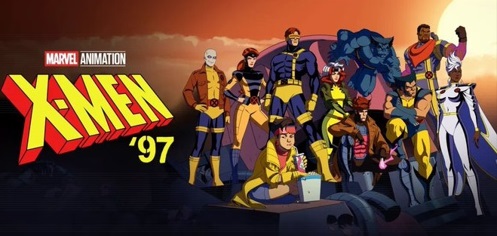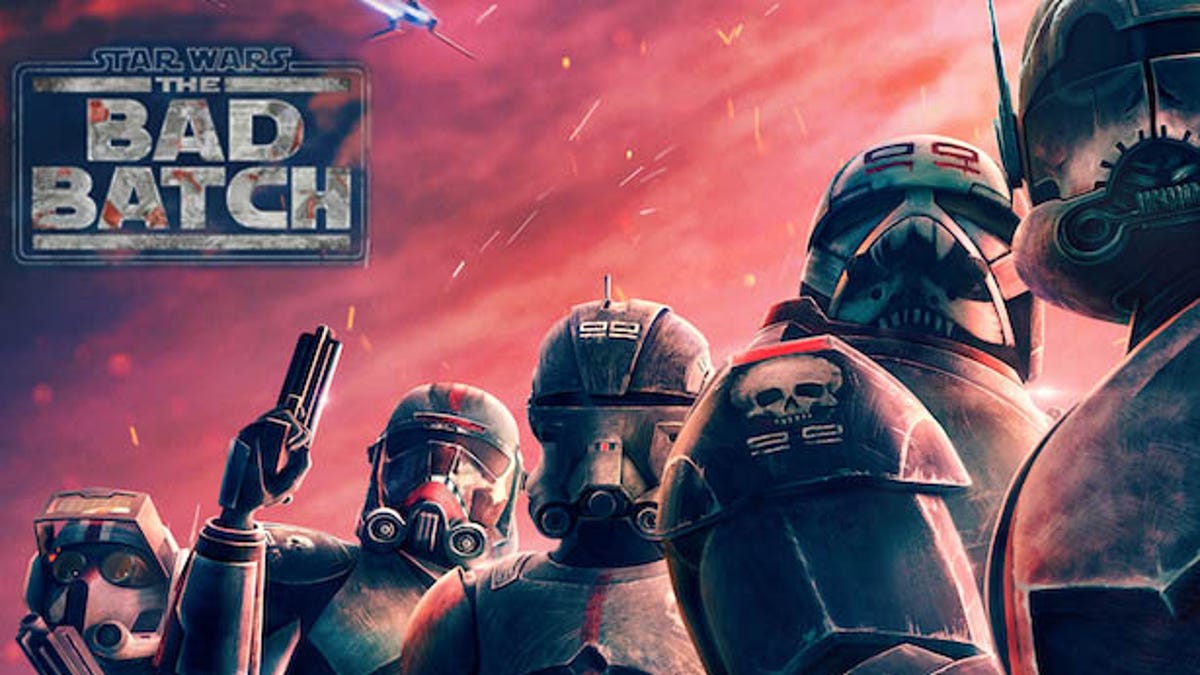English Dub Review: Date A Live “Angel of the Starry Night”
Miss Origami, tear down this wall!
Overview (Spoilers Below!)
Origami has been having black-out spells accompanied by memory loss. Reine and Kotori theorize that in order for someone to remember what happened in the previous world, they must have been shot by Yud Bet and possess Spirit power. Origami should retain memories of the other world, but because they’re so traumatic, she’s locked the memories away in a separate personality that only emerges when she senses Spirit energy. Shido decides to date and seals her.
Origami and Shido meet up the next day, and the Fraxinus team decides on the most sensible options for a first date—like going shopping and picking out an outfit for Origami. Instead, Shido takes Origami to an adult hotel, then to a shady pharmacy stocked with aphrodisiacs. Even though Origami is outwardly confused, she subconsciously gravitates towards buying strange potions, trying on sexy outfits, and taking indecent photos of Shido. Mortified, she has no idea what’s come over her.
Origami admits that she quit the AST because she’s begun to doubt that killing Spirits is moral. Shido agrees with her and says that his brother would agree too. With her happiness levels at an all-time high, Shido goes in for the kiss—but when Origami almost falls over a precipice, he scratches himself in the act of catching her. The Spirit energy that comes out to heal Shido activates Origami’s inverse form.
Origami forms a terrifying web-like armor and prepares to attack Shido. Kotori tries to break through the armor in Fraxinus, but Origami shoots down the ship. The other Spirits arrive lend Shido a hand.
This world’s Origami is in a white void, and her inverse form is in an adjacent black one. By touching the blackness, Origami’s memories from the other world flood back into her. She can’t deal with what she did to her parents, and her world starts to go dark. But Shido breaks down her walls, reminding her that she’s not alone because he’s there for her. Even though Origami will always have to carry the burden of her actions, she becomes a non-inverse Spirit in Shido’s arms, coalescing her two personalities into one. He kisses and seals her. The next day at school, Origami is back to her perverted self—but now she smiles, too.
Our Take
The tale of Origami has come to its conclusion, and it’s reasonably satisfying. This episode is divided roughly in two—the first-bit details Origami and Shido’s madcap date, and the second half features the battle between them (or Origami’s battle with herself). My opinion on “Angel of the Starry Night” is appropriately divided in two as well—as in, I think the beginning is pretty dumb (complete with some truly wonky Shido animation), whereas the second half is well-executed and actually meaningful.
Would it be Date A Live without sexualizing teenagers? Probably not. While I understand that there’s an in-universe reason for Shido to pick such salacious locations for his first date with this world’s Origami, it’s still pretty cringe-worthy to watch. I don’t really get why there are “love potions” being sold in stores when the average Joe of this universe doesn’t know aliens or magic exist. I don’t know what an adult hotel is (although I can certainly guess), but more importantly, I don’t why know why literal teenagers would be allowed to just walk inside. I don’t know why normal mall boutiques would have furry fetish clothing. I have a lot of questions. More importantly, the show really pulls out all its fanservice stops for this almost unbearably grating sequence (Shido even comes back from the bathroom to Origami licking his spoon while making a face straight out of ahego). In unrelated news, I would have liked some confirmation that everyone on Fraxinus was okay after their ship literally crashing. Like, is Kotori alive? That seems like a pretty crucial detail!
The dual personality thing going on with Origami is reasonably well-executed, but it’s also almost exactly a depiction of dissociative identity disorder, a real mental illness that affects real people. While it’s not the worst representation of DID I’ve seen in media—Origami’s disorder stems from trauma, which is realistic, and she’s able to work through it with love and support from the people around her—it still falls into the predictable trope of an otherwise docile person having a violent and unstable alter (such as in the movie Split, or Fukawa from Danganronpa). These kinds of depictions are not only harmful to real life people struggling with mental illness, but they’re also just a little overdone in general.
There are some winning moments amongst the chaos, though. Origami’s indecision over how to text Shido back is adorable, and it’s interesting to see how their dynamic, while it’s different now, is still very intimate as if they’ve known each other for a very long time (even though Origami doesn’t know that). The visuals of her magical web are stunning, and the accompanying music is appropriately urgent. In Origami’s brain void, the swirling wind and the sound effects evoke a panicked and emotionally gripping mood as Origami regains her memories.
Origami’s psychology in the final scene is what really makes the episode. When she regains her memories of her parents’ death, Origami’s panic attack seems painfully real, and it’s even more horrifying to watch the other Origami look on unfeelingly during the whole thing. The metaphor of Shido quite literally breaking down the walls of Origami’s heart so that she doesn’t feel alone is touching, as are the accompanying messages. Origami realizes that she wasn’t in love with Shido; she was dependent on him to get past her trauma, which feels true to both real life and her character. “I know you’re in despair,” Shido tells her. “I’ll never stop trying to help you save yourself!” Ultimately, Origami’s story teaches us that people in the absolute worst mental state, who lash out at others in the depths of despair, are worthy of and can achieve love and redemption. And that’s a message I can get behind.

























Hi Ashley, thank you so much for reading and we love the feedback. Note that on that day we had 14th posts go up and only ten posts show on the front page, so it's possible the preview had already been archived by the time you got to it. One recommendation would be to add our RSS feed to your favorite news aggregator service like Feedly, this way you get all of the latest posts!